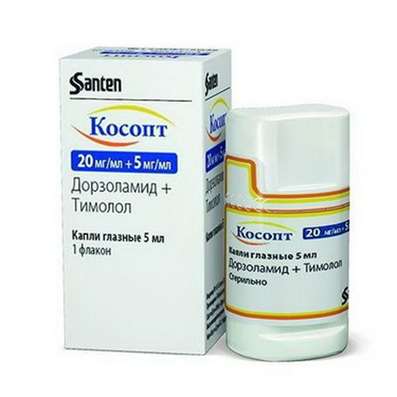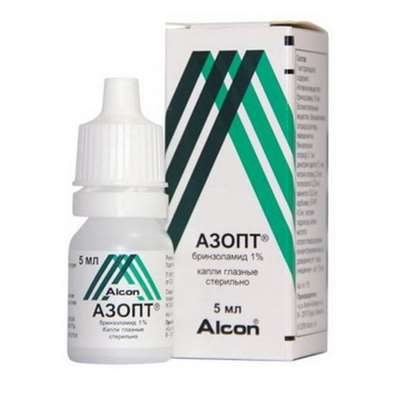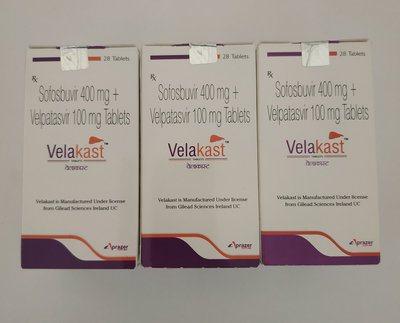Semax: Effects on Brain Activity in Ischemic Stroke
22 Dec 2016
In clinical studies, the effect of Semax on the functional activity of the brain in patients with carotid ischemic stroke found that on the background of the first administration of Semax, 87% of patients with moderately severe stroke EEG cartograms there is an increase in the power of the main alpha range, more pronounced in the intact hemisphere; some patients accompanied by a decrease in the power of slow (delta, theta) range in the projection of ischemic hearth. However, when comparing the statistical average for the group cartograms EEG before and after the first dose no significant changes in the EEG frequency spectrum characteristics of the cardinality. At the same time after the first administration of Semax recorded a significant increase of coherence on the dominant alpha rhythm within the affected hemisphere and between the hemispheres.
Increasing closeness relations alpha oscillations occipital lobes is a favorable prognostic sign, preceding the further normalization of the basic rhythm.
By the 6 th day of stroke in patients with a condition of moderate severity, treated Semax, there is a full normalization of EEG pattern than in the placebo group: a significant acceleration of the alpha-1 rate by an average of 1-2 Hz, a bilateral increase in its capacity to regress hemispheric asymmetry (37.5% - complete).
In patients who did not have in the first study of focal EEG changes (43.5%), to the 6 th day there is no formation of hearth slow delta, theta activity in the projection of ischemic damage, whereas more than half of the patients receiving placebo formed theta focus (4-6,9 Hz).
In 82.3% of seriously ill from the group using Semax already at the first study, recorded early focal increase in amplitude delta, theta activity in the projection of ischemic hearth. At 23.5% determined by unstable frequency of EEG spectra with the advent of bilateral "explosion" of activity in the range of alpha-beta frequencies, indicating that the "irritation" Mesodiencephalic deep brain structures. At the end of treatment in all critically ill Semax registered stable frequency EEG spectrum and reducing the overall energy level of the spectrum. However, in 41.2% of seriously ill focal changes persist throughout the period of acute stroke, which correlates with the formation of persistent focal neurological defect.
When multi-channel recording of SSEP different modalities revealed a predominant influence on the state of nonspecific Semax conductive systems of the brain are more pronounced in patients who were in a state of moderate severity at baseline with favorable prognostic option EEG pattern. The first administration of Semax causes a significant increase in amplitude and decrease latencies medium- and long SSEP components in ischemic and in the intact hemisphere. By the 6th day after the stroke, these trends persist and grow, there is significant normalization of the zonal distribution of long-latency peaks.
Thus, neurophysiological monitoring demonstrates a more rapid and complete normalization of the functional state of the brain in patients with acute ischemic stroke of the carotid during treatment Semax. When analyzing the dynamics of spontaneous bioelectric activity of the brain showed significant positive changes in the frequency-power characteristics and zonal distribution of basic EEG alpha rhythm to the 6 th day of the disease in patients who took Semax (compared to placebo), and a reduction in the local representation of the delta and theta waves in the projection of the ischemic area of the brain, in some cases, to prevent the development of slow activity focus, which is the main electrophysiological marker of cerebral infarction. A significant normalization of medium- and long SSEP components against application semax reflects its favorable action on non-specific conductive system of the brain, which clinically manifested a strong nootropic effect of the drug

 Cart
Cart





